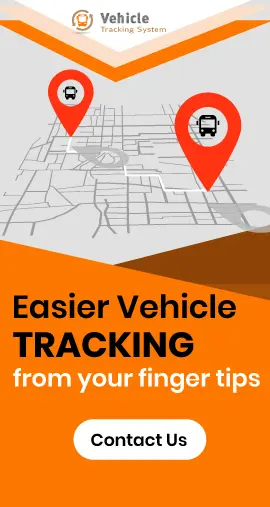How can Fleet Managers Recognize Safe Drivers
November 8th, 2017
Every living being have their own ways to recognize each other. And it will be clear to you, if you have watched nature shows such as Planet Earth, Blue Planet, etc., where you can witness the adverse techniques utilized by animals to interact with each other.
Nevertheless, it is fascinating to view how ants wiggle the antenna for communicating with other ants, dogs whiff other canines from a mile away, horses identify each other’s whinnies, and the weird sound produced by birds to communicate with each other.
And, how the human being utilizes their eyes to recognize each other, examine the resumes for understanding a person’s work experience and qualification, karate personnel whom you should not argue with, etc.
As a matter of fact, fleet managers also have the unique means to recognize the safest drivers. Here follows certain techniques by which you can acknowledge whether the hired driver is apt or not.
Check the Motor Vehicle Reports
Checking the Motor Vehicle Reports (MVR) is a complicated process. But each state maintains a record on the licensed drivers, which assists you to track their violations, regulate insurance prices and the driver risk. At times, the fault will be minute, hence you can neglect it, if required.
However, there are certain violations that assist you to confirm that the driver is at risk. And, such violations include intersection collisions, rear-end collisions, and merging/road change collisions.
Furthermore, based on the MVR, you will be able to identify whether the driver is over speeding the vehicle, violating traffic rules and signals.
First and foremost, you can conduct a judgement call to evaluate whether the applicant is guilty or not. Moreover, if the violation occurred 10 years ago or failed to follow signal at the age of 17, you cannot disqualify them. Consequently, certain companies disqualify them instantly, even though the mistake is a forgiving one.
After reviewing the reports, you can follow the procedures mentioned below for determining the driving behavior of each fleet driver:
1. Interview
Question the applicant regarding their past driving experience, safety attitude, and their familiarity with the service area. Suppose, a person who is new to the area will have an exceptional driving record, but they will confront a multitude of issues, since they come from a one-stoplight town to a metropolitan city.
2. References
This is the conventional procedure in every firm, if they possess a previous experience, you can contact the previous employer (the person mentioned as reference) of the applicant, scrutinize the applicant’s period of employment and driving record.
3. Background analysis
Background analysis is crucial for industries, where the driver ferries expensive goods or machinery.
4. Skill tests
The skill tests will include 2 tests- written test and a road test, which is conducted in the same type of vehicle, that is, utilized for work purposes.
5. Personality tests
This test assists you to determine whether the applicant is arrogant, belligerent, irritable, or anxious. Meanwhile, by closely analyzing these traits, you will be able to recognize the risk associated with their driving.
Role of GPS Vehicle Tracking System in Recognizing Safe Drivers
With the installation of a GPS vehicle tracking system, you will be able to:
1. Track the driver’s current location
2. Receive geo-fencing alerts (when they cross the predetermined boundary)
3. Obtain instant notifications or alerts for over speeding, harsh braking, and aggressive driving
4. Generate reports based on the historical data
On the basis of these data, you will be able to analyze the performance of each driver and rank them accordingly. And, the corrective actions can be taken at the right time without a delay. Therefore, with the advent of GPS technology, the safe driver analysis is not a complex process.

